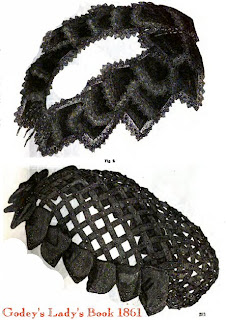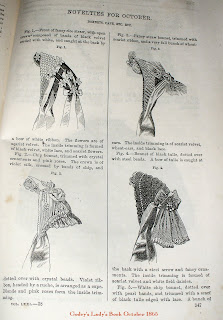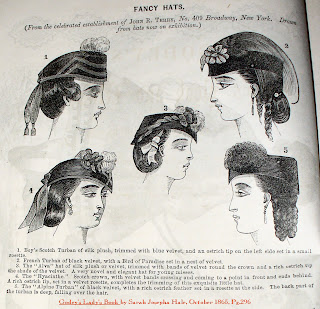“Where you tend a rose, my lad,
A thistle cannot grow.”
I just read The Secret Garden by Frances Hodgson Burnett. It was one of my favorite stories as a child. I remember reading a child’s version of it and I really liked the movie although I am pretty sure I saw it only once. I had also seen a theatrical performance of it. Much to my surprise, I remembered a lot of the dialogue word for word. It clearly had an impact on my childhood if I can remember pieces of it more than a decade later. I feel though, as a child, the more interesting and thoughtful parts alluded me such as the very well known quote “Where you tend a rose, my lad, a thistle cannot grow.”
As a child, this was just a fun thing to say, but it really
has a lot of weight and meaning to it. Positive aspirations, goals, and
positive thinking really do open our eyes to the gifts of life. As we get
older, tough classes, hard jobs, fights, tragedy, pain, failure and the bad
times in life can cloud our eyes. Everyone has probably felt trapped inside bad
thoughts or felt helpless and so buried in deep in despair that they can’t find
a way out at all. We all have let “thistles” grow. It is empowering to remember
that we can stop thistles from growing by planting the seeds of good and
letting good grow in its place. I have found the book to be very meaningful. It is a sweet story with a good message. I definitely recommend revisiting it.
“Much more surprising things can happen to any one who, when
a disagreeable or discouraged thought comes into his mind, just has the sense
to remember in time and push it out by putting in an agreeable determinedly
courageous one. Two things cannot be in one place.”
“In each century since the beginning of the world wonderful
things have been discovered. In the last century more amazing things were found
out than in any century before. In this new century hundreds of things still
more astounding will be brought to light. At first people refuse to believe
that a strange new thing can be done, then they begin to hope it can be done,
then they see it can be done--then it is done and all the world wonders why it
was not done centuries ago. One of the new things people began to find out in
the last century was that thoughts--just mere thoughts--are as powerful as
electric batteries--as good for one as sunlight is, or as bad for one as
poison. To let a sad thought or a bad one get into your mind is as dangerous as
letting a scarlet fever germ get into your body. If you let it stay there after
it has got in you may never get over it as long as you live.”
The motif of thoughts being controllable energy in the book is a reflection of the popularity of the notion during the late 19th century and early 20th. Spiritualism, was at its peak. Many "new" ideas were coming out of India at the time and both Britain and the U.S. had a decent following. Most spiritualists believed in God but also believed that spirits inhabited the Earth and could be communicated with though mediums. Mediums and Seances became popular and despite the fact that many mediums were proven to be frauds, they still were in demand. There were many prominent believers during middle and late 19th century including Mary Todd Lincoln, Arthur Conan Doyle, Charles Dickens, and many scholars and scientists. The many mediums were prosecuted in court for fraud, and many believers soon rejected Spirituality by the 1920s.
Cora Hatch: a famous medium in the 1850s.
What a charming book! I am astounded that it has lost favor in recent
times. Alice and Wonderland, Sherlock Holmes and Anne of Green Gables
seem to be very popular recently. I'm sure it has to do with movies. I
don't think the movie versions of The Secret Garden are anything
fantastic. Perhaps its time will come soon and an updated movie will
come out, perhaps incorporating the spiritualism of the times.
































